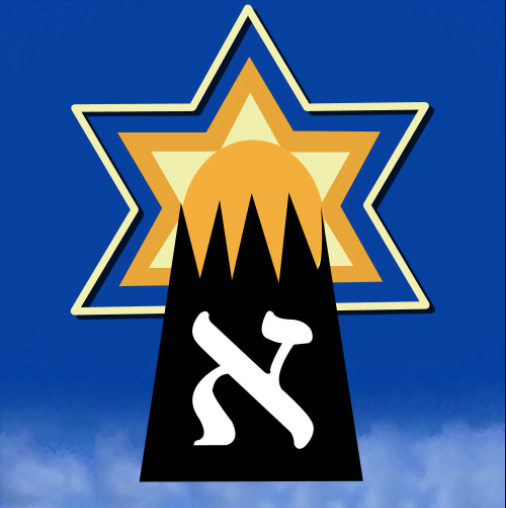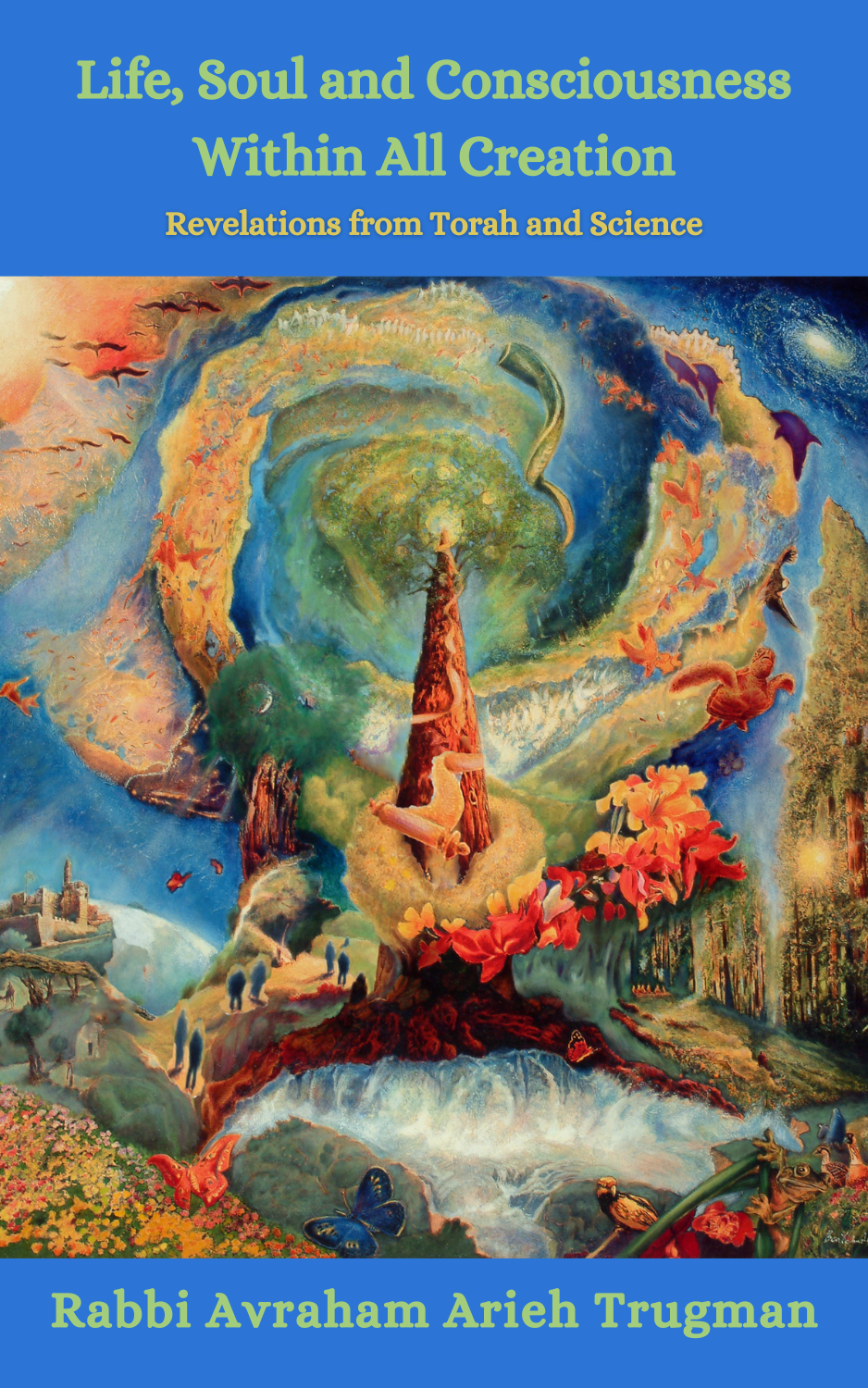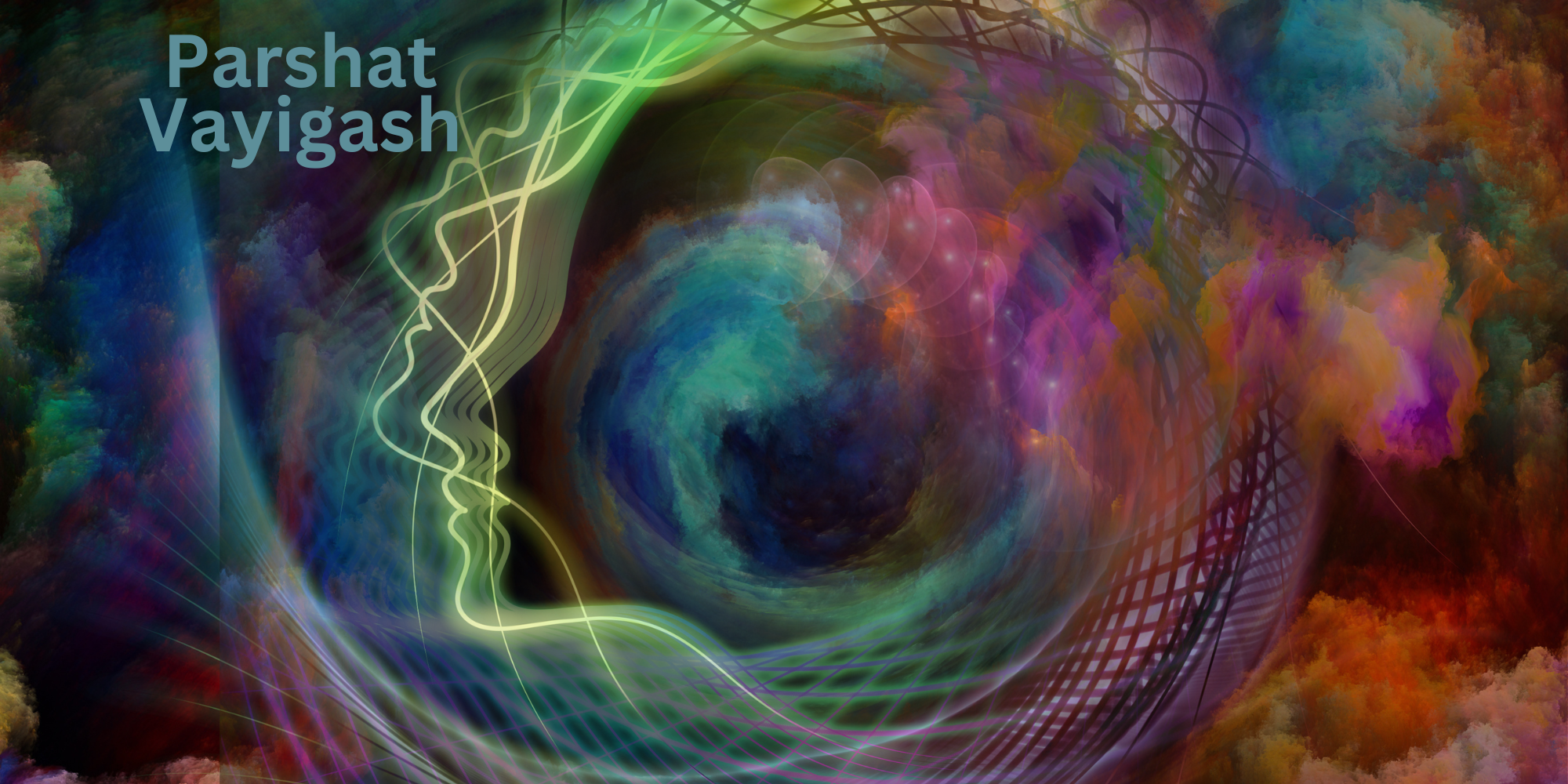“And Isaac went out to converse in the fields towards evening time…” (Genesis 24:63). This verse serves as one of the many references to meditation in Jewish tradition. From the patriarchs to the prophets, from the kings to the sages, from the Kabbalists to Chassidic Rebbes, meditation has played an important part in the spiritual side of Judaism (For a fuller explanation see Rabbi Aryeh Kaplan’s classic book Meditation and the Bible).
According to the sages it is from the above verse that we learn that Isaac initiated the afternoon prayer. The fact that we learn about both meditation and prayer from the same verse immediately alerts us to the essential bond between these two activities.
An additional factor is that meditation and prayer in this verse occurred in nature. A beautiful hint of an even deeper level of understanding is that the word for “to converse” is very similar to the word for “plant” or “bush.” Rebbe Nachman of Breslov, following in the footsteps of Isaac, and his illustrious great-grandfather the Ba’al Shem Tov, established the spiritual service of hitbodadut, where a person would go out into nature alone and commune with God. The followers of Rebbe Nachman have continued this tradition till our day. The following poetic words paraphrased from the teachings of Rebbe Nachman movingly tie together prayer, meditation, music and nature:
you should know
that each and every shepherd
has his own melody
you should know
that every herb and grass
has its own melody
from the song of the grasses
they make up the melody
of the shepherd
how beautiful!
how beautiful and pleasant
when hearing their song
it is very good
to pray among them
and with joy
serve God
and from the song of the grasses
the heart is filled and longs
and when the heart
is filled with song
and yearns for the land of Israel
a great light
is drawn forth
from the holiness of the land
and from the song of the grasses
is created the melody of the heart
Jewish meditation includes a surprising array of techniques and possibilities and can be practiced in a matter of seconds or minutes, as when focusing one’s mind totally when doing a mitzvah, singing a song, or saying the Shema or other prayers, yet can stretch as well to an entire day, as when entering a Shabbat mind set when all weekday thoughts, speech and actions are put to the side, opening in the soul a peaceful, meditative state of consciousness that embraces our every Shabbat activity. In this sense music, prayer, the performance of mitzvot, dance, contemplation, introspection and being in nature can all become a vehicle for meditation, along with the more classical idea of meditation taking place while sitting still.
Meditation is particularly suited for studying Torah as it says in the evening prayers: “We will discuss Your decrees and will rejoice with the words of Your Torah and with Your commandments for all eternity. For they are our life and the length of our days and about them we will meditate day and night.” Meditating on the Torah we learn helps integrate the teachings in a way that they become a real part of our inner consciousness.







